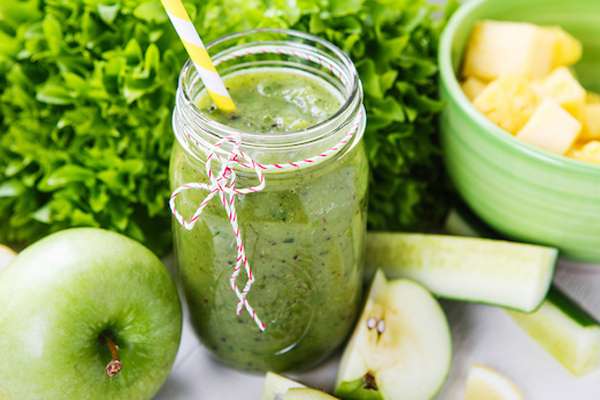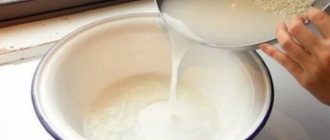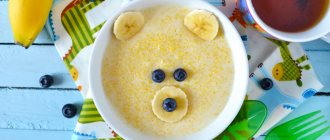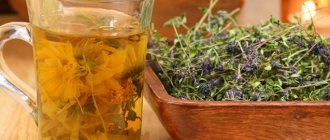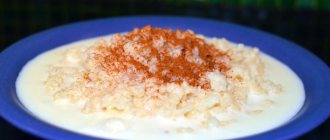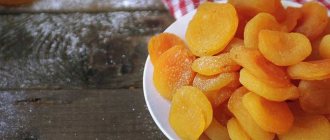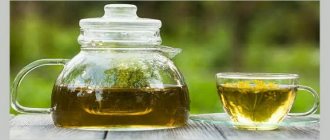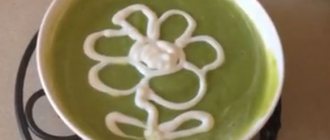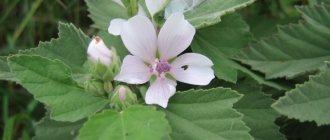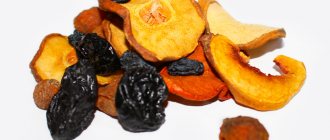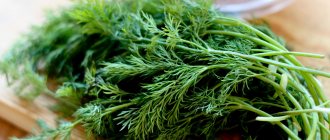It's time for complementary feeding. And mothers begin to torment themselves, their mothers, pediatricians and the World Wide Web with questions about what decoctions for infants can be used as an additive to breast milk.
At what age can you start experimenting with a toddler’s diet? Will this be beneficial and what do pediatricians think about this?
At what age should I start?
Over the years, doctors’ recommendations for introducing complementary foods have changed. For example, in the mid-80s. last century, carrot and apple juices were prescribed as complementary foods from the 2nd month of a child’s life.
Currently, it is recommended to administer decoctions for children in this order:
- 2 months – oatmeal broth, prune compote for constipation;
- 4 months – unsweetened apple compote;
- 5 months – vegetable decoctions – zucchini, potatoes, cabbage; a decoction of rose hips is also administered at this age;
- 6 months – a decoction of chamomile flowers (but according to indications and as prescribed by a doctor, chamomile tea can be given at an earlier stage of the toddler’s life);
- 6 months – raisin compote;
- Rice water is used for diarrhea on the recommendation of a doctor at an early age. If the little one already eats porridge, including rice, then a decoction of grains can be given without fear.
From the age of 6 months, the baby is gradually introduced to the diet of various foods according to the pediatrician’s recommendations.
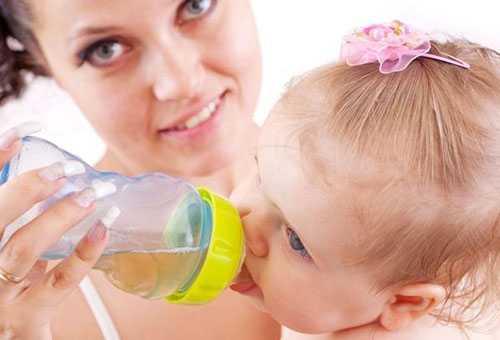
Compote of fresh and dried apples for babies
Apples are one of the first fruits that pediatricians recommend introducing into a child’s diet. Even dry fruits contain quite a large amount of useful vitamins and minerals. It is preferable to use a green variety of apples.
That is why apple compote will be a pleasant and healthy drink for babies on hot summer days and a source of vitamins in the winter. Do not forget that apples increase appetite, have a good effect on the functioning of the baby’s internal organs, and soften his stool.
At what age do we try?
According to pediatric and healthcare standards, it is better to introduce complementary foods to infants no earlier than they reach the age of six months. The same applies to drinks other than water - juices, compotes, teas. In any case, you need to focus on the baby’s condition and his preferences. There are children who do not recognize anything other than mother's milk until the age of 2.
From what moment and how to start giving drinks is the choice of only the mother and baby. It can be juice, decoction or tea. The main thing is to observe the baby’s reaction. Some will like everything, some will refuse, and some will prefer tea decoction to apple compote.
Remember - you need to offer it gradually, increasing the dose and saturation of the drink over time.
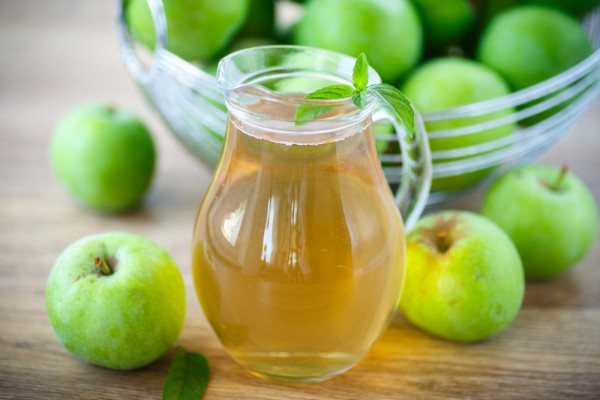
Benefits for babies
The baby is developing. His digestive system also needs to be developed and introduced to new foods. This gives impetus to the production of new enzymes that are responsible for the digestion of adult food.
Breastfeeding is good, but you won't be eating milk for the rest of your life. And the mother is not able to satisfy the needs of the growing body for vitamins, minerals, and fiber.
The introduction of any new products into the diet is an additional source of vitamins and other nutrients. In some cases, it is a complete replacement for breast milk.
Helpful: How to properly prepare broccoli puree for an infant?
Decoctions of chamomile, prunes or rice play the role of natural medicines. The first one improves digestive processes, relieves inflammation, and regulates stool. Plum compote has a mild laxative effect, while rice water has the opposite effect.
Important to remember! The decoction will be beneficial only if three conditions are met:
- it is prepared in compliance with all norms and rules of hygiene;
- new complementary foods are introduced in consultation with the doctor and in due time;
- the mother does not engage in amateur activities and does not experiment on the child.
Moms! When introducing a new product into the diet, observe your baby’s reaction. If there are signs of gastrointestinal distress, diathesis or allergic reactions, then any, even super-healthy, decoction should be removed from the toddler’s diet.
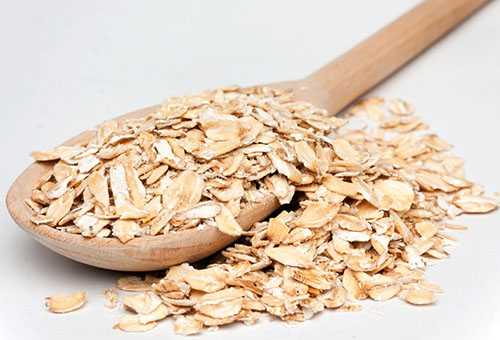
Hercules decoction for babies
What is this, Barrymore? Fresh oatmeal, sir! A large number of articles have been written about the benefits of oatmeal, so we won’t repeat them.
How to prepare a hercules decoction for babies? Let's start with the simplest recipe.
For 1 feeding you will need:
- Hercules flakes – 15 g or 1 tbsp. l.;
- water, goat's or cow's milk, a mixture of water and milk - 250 g.
Pour the Hercules with water and simmer on low heat for ½ hour. After this, pour in a portion of milk or a mixture of milk and water. Leave on fire for 5 minutes. Cool the liquid and strain.
Cook 2 servings at a time - this will save your time and effort. But not more! It is better to give your baby fresh today's product.
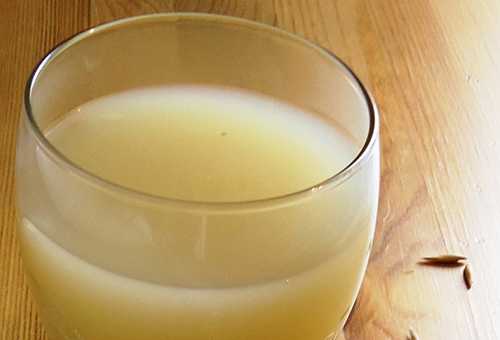
Oatmeal decoction for babies
In fact, this product is no different from a decoction of rolled oats. Only oatmeal takes much longer to cook than cereal. For porridge for adults, oatmeal will have to be cooked for about 1 hour until the grains soften. For a baby, the process will take even longer.
If you have 2 to 2.5 hours left, then cook the oat broth. Instant cereal contains the same vitamins as cereal, but also cooks much faster.
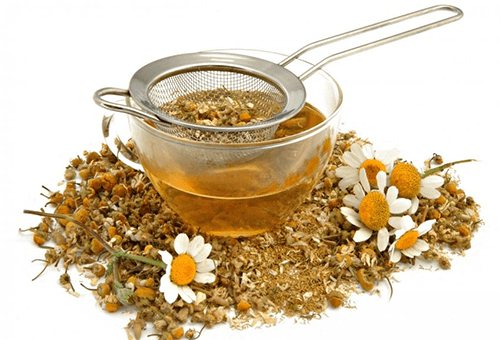
Chamomile decoction for babies
Only chamomile flowers have beneficial effects. This useful herb is collected during flowering, in late May - June. Plant collection should be carried out in dry, sunny weather away from roads and industrial facilities.
Useful: The best recipes for complementary feeding at 9 months
If you don’t know what chamomile looks like, then don’t risk your health! This herb is sold in any pharmacy!
Chamomile decoction has a calming, anti-inflammatory effect. For toddlers, it is used as a bathing supplement or as a medicinal tea.
Recipe:
- chamomile flowers – 5 g;
- boiling water – 1 cup.
Pour the raw material with water and let it brew until it cools completely. Strain. For the bath, pour the entire resulting volume of healing liquid into the water prepared for bathing. For medicinal tea, dilute the infusion until it turns pale yellow.
Important!
Chamomile decoction is a medicine, and it can be used for infants only after consultation with a pediatrician.
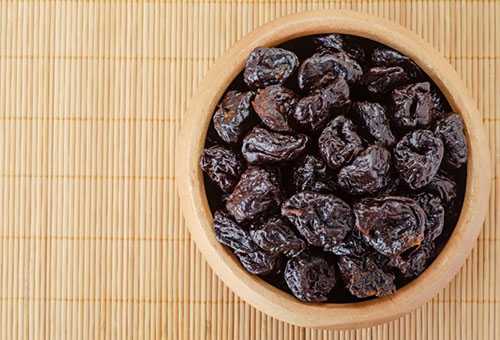
Recipe
Don’t know how to cook dried apple compote for babies? It's easy to do. Below is a step-by-step recipe for apple compote for babies. Before cooking, you should prepare the ingredients. Pour clean cold water over the fruit mixture and let it brew for at least half an hour (more is possible). During this time, all debris and dust will sink to the bottom, and the fruits will swell. Boil a glass of clean water in a small container. At the point of boiling, pour the fruit into the liquid. Dried apple compote takes 20 minutes to prepare.
Prune decoction for babies
Prune is the collective name for dried plums. It contains vitamins C, A, E, B vitamins and minerals.
Plum has a mild laxative effect. And if a toddler has problems filling his diaper, then a decoction of prunes will help him cope with these difficulties.
There are 3 types of prunes:
- dried;
- smoked;
- dried.
For toddlers, only the first option is suitable - dried fruits. Neither dried nor smoked prunes will benefit the baby. The best choice for baby food is fruit from your own dacha or from a friend’s grandmother.
Recipe:
- 100 g dried plums;
- 500 ml water;
- sugar – 1 tsp.
Pour cold water over the fruits, add sugar, and let it boil. Wrap up and leave until completely cool.
Start introducing your baby to prune decoction with literally 1 spoon a day. If signs of diathesis or an allergic reaction do not appear, then you can safely increase the dose of the beneficial liquid.
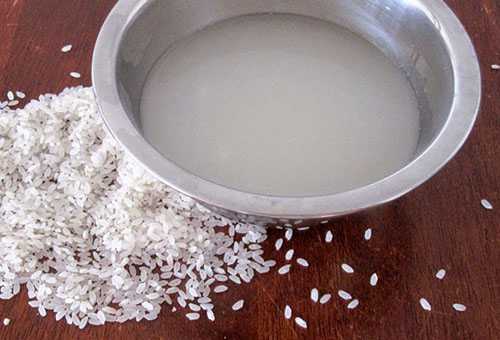
When can you give baby tea?
In addition to water and juices, the mother can offer the baby baby teas made from medicinal herbs, for example, chamomile (brew 1 teaspoon of dried herb in 250 ml of water, sweeten a little with fructose, the absorption of which does not require the production of insulin, as is the case with regular sugar; except Moreover, since fructose is sweeter than sugar, less of it is required). If you use tea as a regular drink, then brewing chamomile for 5-10 minutes is enough. If the doctor has prescribed tea for your child to treat digestive disorders, then chamomile should be brewed for 15-20 minutes.
Teas from other herbs (lemon balm, mint, St. John's wort, fennel) are consumed strictly on the recommendation of a doctor, since they have a preventive and therapeutic effect and are used in the treatment of a number of diseases in children of the first year of life. Teas with fennel, chamomile, and Italian dill have a beneficial effect on the gastrointestinal tract. There are cough teas that soothe.
Teas can be offered to bottle-fed babies in the third or fourth month. In any case, when starting to introduce your baby to this type of drink, you should buy teas produced for children in the first six months of life. Age recommendations are always indicated on the label! Teas for babies older than six months differ in ingredients and their quantitative composition. They may include fruit or berry additives and be consumed as refreshing drinks.
Despite the wonderful properties of many tea drinks, they should be offered to children carefully - no more than 100-150 ml per day. All types of teas contain significant amounts of carbohydrates (sucrose, glucose or dextrin maltose), so their excessive consumption can cause caries or allergic reactions, and also contribute to increased fermentation processes in the intestines. Be sure to consult your pediatrician about the advisability of drinking children's teas.
Rice water for babies
Diarrhea is unpleasant and also dangerous for the baby. Our mothers and grandmothers gave us rice water to relieve such troubles.
Useful properties of rice:
- calms the stomach;
- normalizes stool;
- promotes the formation of the desired consistency of stool.
Recipe:
- rice – 30 g;
- water – 1 l.
Rinse the cereal, add water and simmer over low heat for 40 minutes. Strain the liquid and give the little one 5-6 tablespoons a day.
Important!
If the diarrhea does not stop within a day, and other symptoms appear - abdominal pain, crying, bloating, anxiety, then no amount of rice will help the baby. You should definitely contact a medical facility.
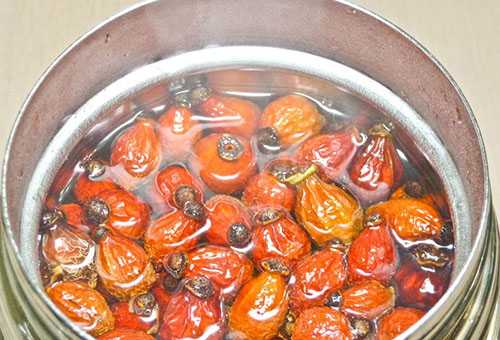
Rosehip decoction for babies
Rosehip is a well-known vitamin remedy. Toddlers can be offered a decoction of the fruits of dog rose - this is the name of the plant in Latin - from 5 months. And during teething, rosehip compote becomes an additional source of calcium.
Useful: What to feed a one-year-old child?
Ripe fruits are collected at the end of September - at the beginning of October, away from roads and industrial sites. The easiest way is to buy a ready-made product at a pharmacy.
Recipe:
- 2 teaspoons of chopped fruits;
- 1 glass of water.
Pour the raw material with water, bring to a boil and leave over low heat for 10 minutes. Wrap it up and leave it until it cools completely.
Adults are prescribed ½ glass at a time. For babies up to 6 months – 1/10 of the adult dose. It can be diluted with boiled water and given instead of compote.
Attention!
Rosehip decoction is a medicine, and prescribing it to a toddler on your own is at least unwise! Consult your pediatrician first!
Cooking recipes
The classic recipe for apple compote is presented below.
In what proportions should I take water and fruit? In any, but the more fruit, the richer and tastier the drink. Nice combination:
- 0.5 kg apples;
- 1.5 liters of water.
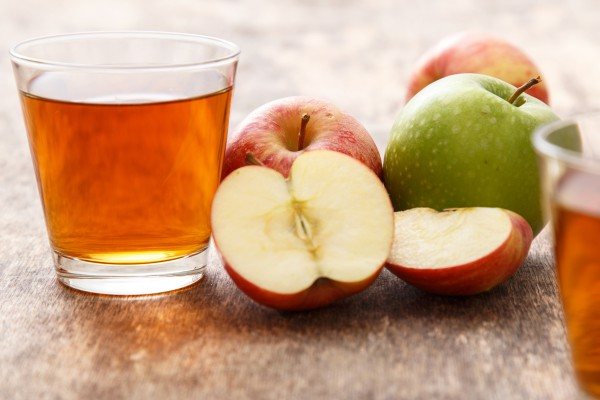
Fruits should be peeled if they were purchased in a store and have, as they say, an ideal appearance. This means that wax and chemicals were used to process them. Fruits grown by yourself do not need to be peeled.
In any case, remove the core and seeds; apple seeds contain a toxic substance - amygdalin glycoside.
In a saucepan, add water to the fruit pieces and bring to a boil. Turn off the heat and let sit until cool. Strain and pour into a bottle. When feeding for the first time, it is recommended to dilute apple compote for infants with water in a 1:1 ratio. When the child gets used to the drink and likes it, you can give a more saturated solution. The compote can be stored in the refrigerator for several days.
How to make compote from dried apples
The procedure for preparing dried fruit compote for a child is a little longer. Dried apple slices must be soaked and removed from debris. To do this, they are filled with cool or warm water for a while, and then washed thoroughly.
- 50 g dried fruits;
- 500 ml water.
Again, the proportions can be taken at your discretion. After washing, the soaked pieces are poured with water, brought to a boil and cooked for 10-15 minutes. The cooled broth is filtered and stored in the refrigerator or in the baby's bottle.
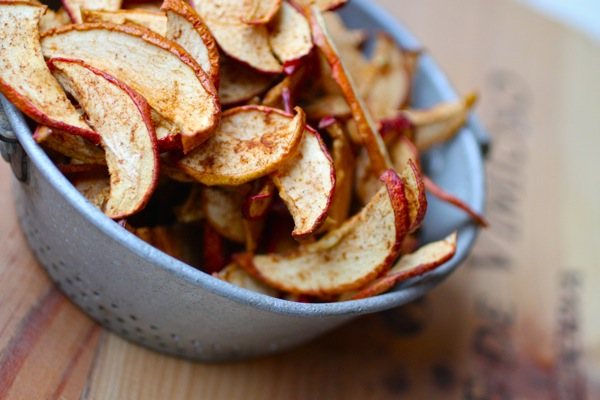
Apple compote with the addition of other fruits or berries
When the child gets used to apple compote, you can brew a drink from mixed fruits or berries, dried or fresh, depending on the time of year.
Variations of safe mixtures can be as follows:
- fresh apples and pears;
- fresh apples and rose hips;
- dried apples, raisins;
- apples and black currants.
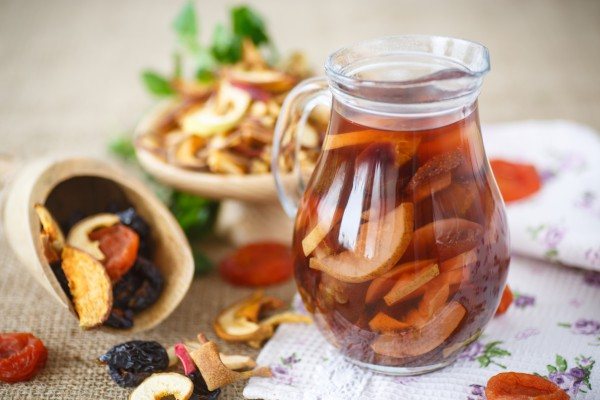
The list goes on, the main thing is to use the least allergenic products. Try to avoid citrus fruits, tropical fruits, canned compotes, dates, figs, raspberries, blackberries, pomegranates. The most suitable fruits for compotes:
- green apples;
- blueberry;
- light cherry;
- prunes;
- bananas;
- pears;
- gooseberry;
- rose hip
- dried apples and plums.
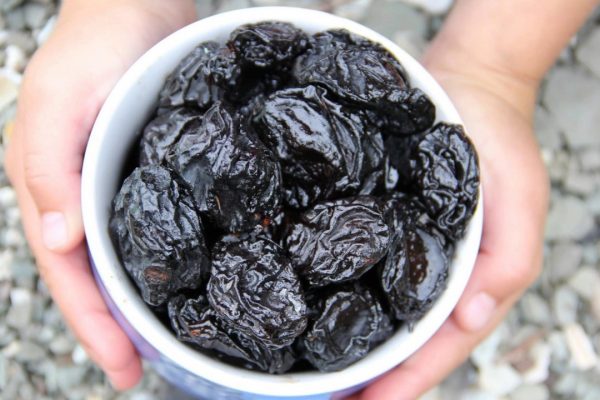
Preparing compote by infusion
If you are confident in the purity of dried fruits, then you can prepare the drink using thermal infusion in water. Pour boiling water or just hot water over the raw material and seal it airtight (in a thermos, for example). After a couple of hours you can get a flavorful drink. This compote retains the maximum amount of useful elements. You can also pour fresh fruits, the effect will also be pleasant.
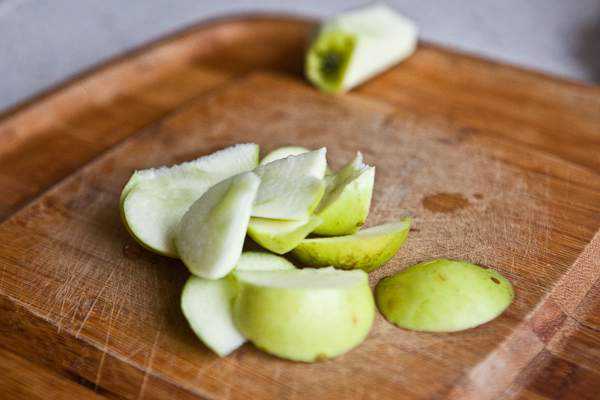
Apple smoothie made from compote
If you turn the unstrained mixture in a blender, you will get something like a liquid puree or smoothie. The kids love this kind of food. You can pour it into a bottle with a wide hole in the nipple or feed it with a spoon.
